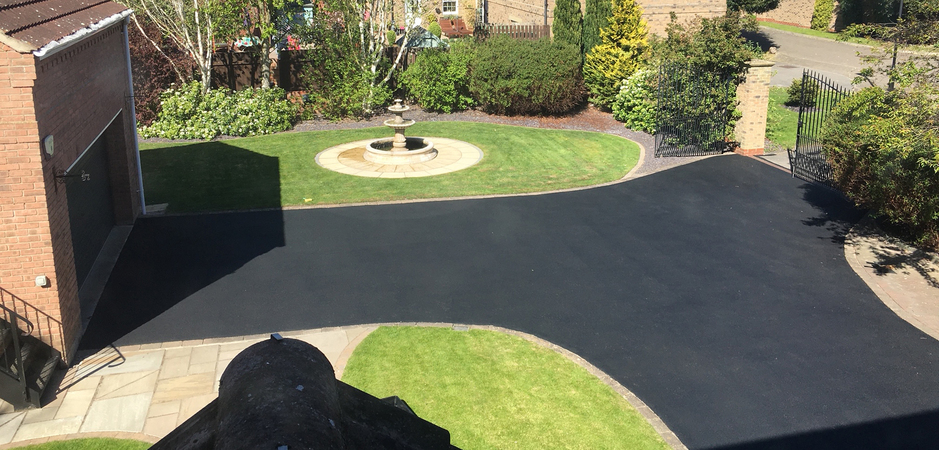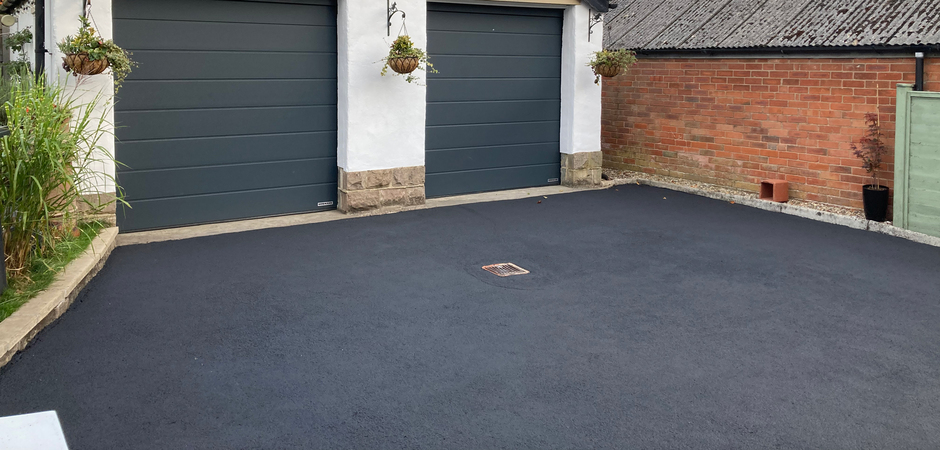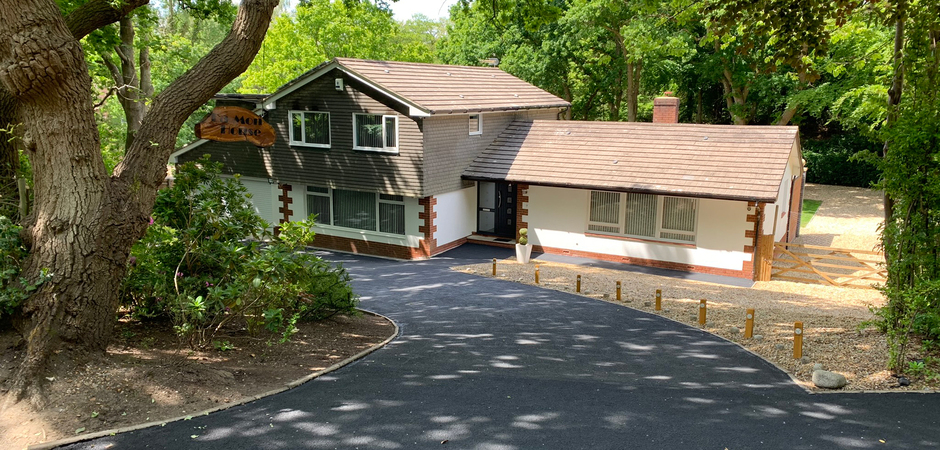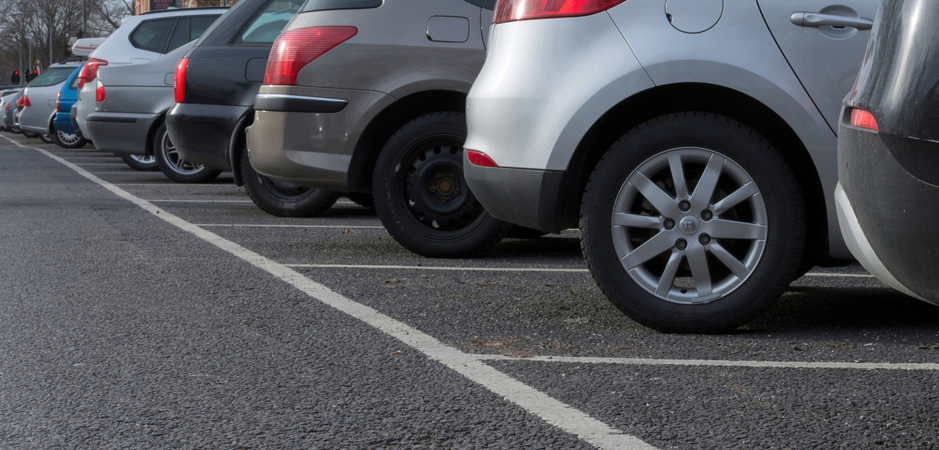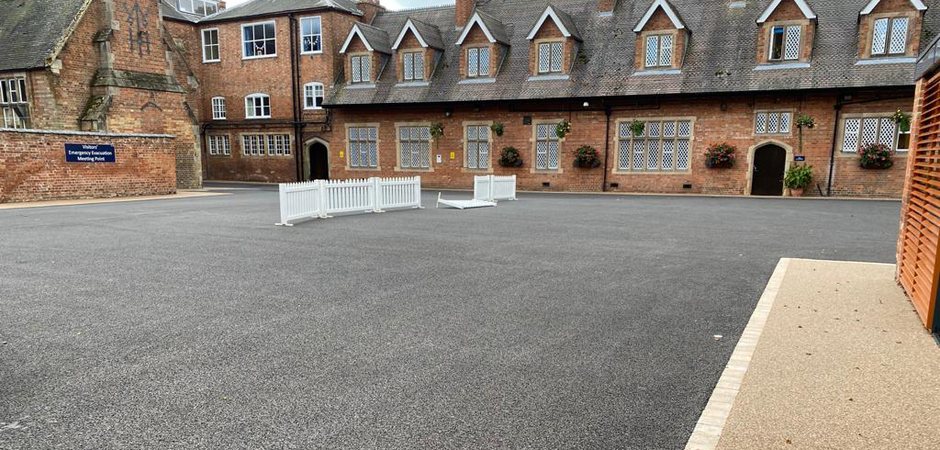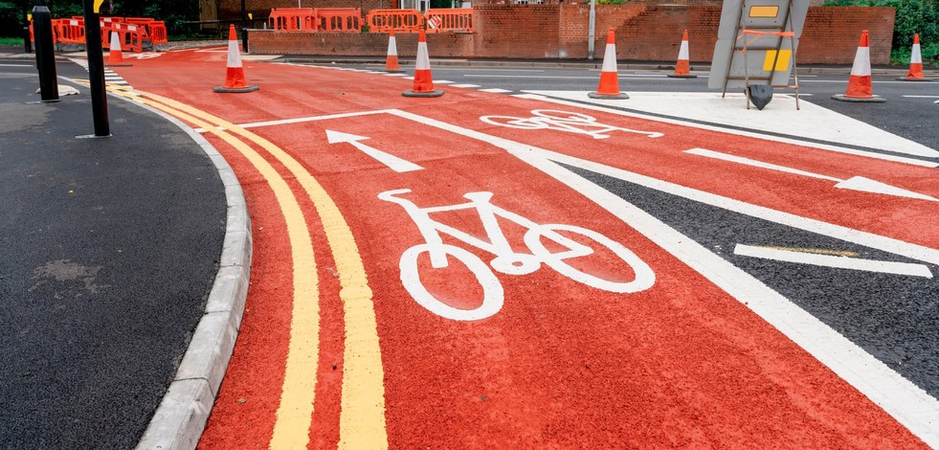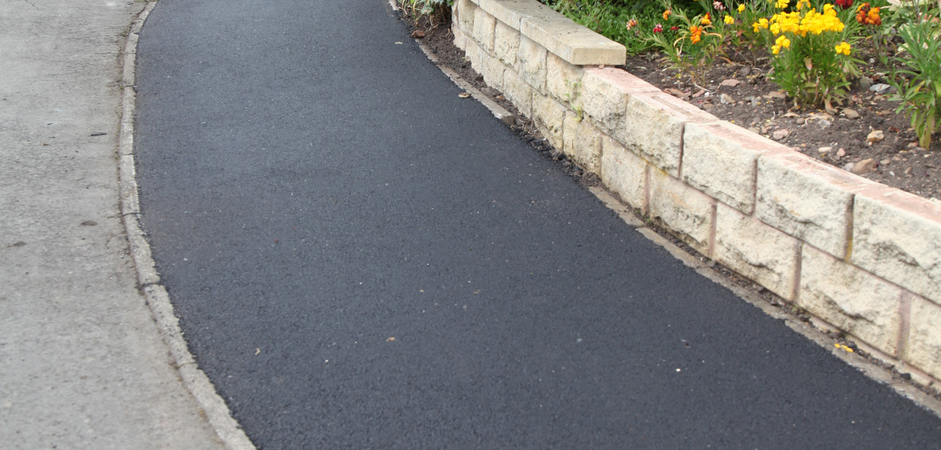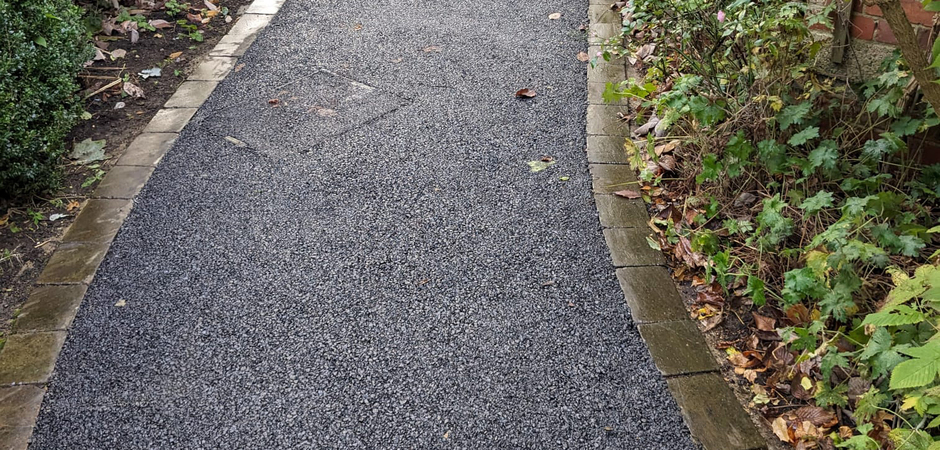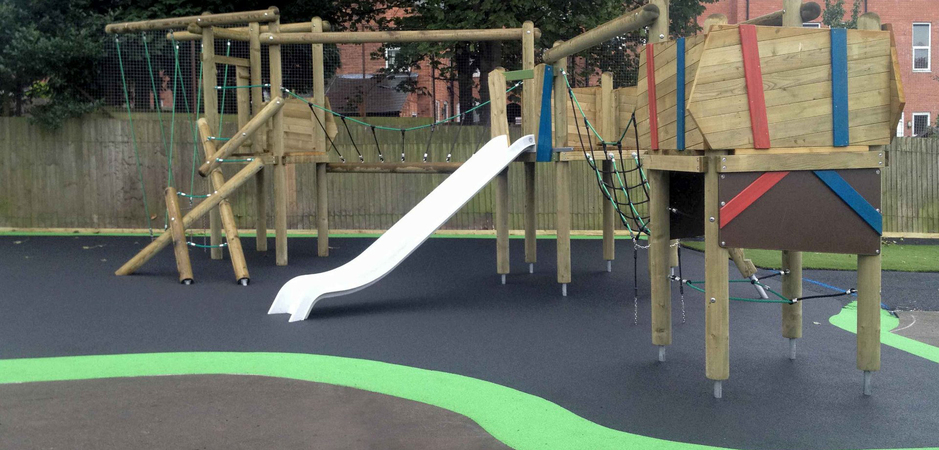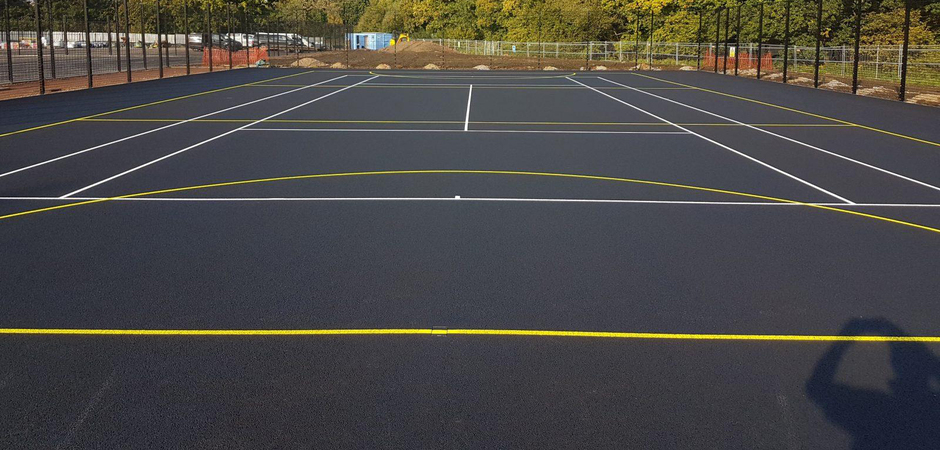Tarmac Repair
A Tarmac Repair Is Often Required When The Surface Starts To Crack Up
On this page you will find detailed articles and advice on how to Repair Tarmac. There is also a easy to follow expert tips video, guiding you through all the simple steps you need to follow.
Our TarmaSeal website really is a one-stop shop providing all the materials required to carry out the work. Still have questions? No problem, give our knowledgeable customer support team a call, they will be pleased to help.
Important Points To Think About Prior To Tarmac Repair
On this website, you will find a variety of different help and advice articles regarding tarmac repair, tarmac restoration and preservation. Not only does the advice contain information regarding the overall process, but also highlights the materials, techniques and tools required for a professional tarmac driveway repair.
In this article, we will concentrate on identifying and understanding the underlying problems that can occur with all forms of tarmac as it gets older. We can then help you decide if given its condition, trying to repair the surface really is financially viable and the best long-term option. Unfortunately determined by a number of factors which we will describe, you might have to accept that the only solution is to have the surface totally relayed with new tarmac!
Is Replacing Your Tarmac Driveway The Best Option?
After due consideration, If ultimately you decide that total replacement is the right choice for you, our advice would be not to rush into deciding on your next step. We would suggest carefully listening to the opinion of several professional contractors first. This is because unless you have a fairly good knowledge of the industry, you are likely to be unaware that factors such as the condition of the original base work, depth of the existing tarmac and height of the surface where it meets the damp course on your property are so important.
When it comes to determining how much work needs to be carried out and the investment you need to make, the height of the damp course and condition of the base work are of vital importance. For example, if a relatively 'thin skim' (thin layer) can be laid over the existing surface and be strong enough, the price should not be too onerous. At the other end of the scale, if your base work is breaking up and maybe subsiding in places, with large cracks present this is very significant. In this situation most likely the whole area, whether it be a driveway, path, tennis court, car park or play area will need to be excavated and the base work completely replaced.
Tarmac Driveway Replacement Can Be Avoided
Hopefully, you can appreciate, that the difference between these two options in financial terms due to the amount of work ultimately involved could be huge! Before you make a decision, there is a third option that is worth exploring. If your base work is in pretty good condition, with maybe only minor repairs required. You have the possibility of 'scrapping' away (removing) the existing layer of failing tarmac but retaining the original base work. The surface can now be replaced with new material without significantly raising the overall level on the damp course. Ultimately there is no point in digging out all the base work only to replace it with something very similar if this can be avoided.
With these three options available hopefully you can appreciate quotations will certainly fluctuate appreciably. This is why we would recommend obtaining several quotations and listening to a few peoples advice before deciding what method and approach is right for you. We would advise that certainly none of the three options described is work that can be can be carried out by anyone but an experienced professional contractor.
When trying to assess the general condition of your own tarmac the first thing to look at is its overall colour. We are all aware that when the tarmac is freshly laid it is strongly coloured and rich in various resins that can become very tacky in hot weather. Loss of colour is an indication that the surface is to some degree deteriorating and 'drying out', but the loss of colour alone should not be considered to be the determining factor as to whether the surface needs to be replaced.
When A Tarmac Driveway Repair May Not Be An Option
When a driveway, path or lightly used car park has lost colour, but it is still technically sound, a simple process of applying a quality tarmac sealer can works wonders. The term 'technically sound' is applied to a surface where there is no indication of major cracking, potholes, an edge breaking away or large quantities of stones becoming loose. For technically sound surfaces the application of a UV resistant coating will recolour the surface whilst retaining the original texture of the surface. Aesthetically this will leave the tarmac looking like new and technically benefiting significantly from the protective acrylic resins present in the product being replenished. Although many people don't like DIY, a tarmac driveway repair can be done easily and quickly.
Loss Of Colour To A Tarmac Surface
The next type of surface to consider is one that has maybe lost colour but is now also showing signs of loose stones or 'fretting'. When we see a number of loose stones on the surface this is a sign that the material is 'drying out' and in the early stages of deterioration. Fundamentally the original oils and glue that initially bind the tarmac together are now no longer as effective as when the material was new and the surface is in the initial stages of breaking down. Wear and tear of this nature will almost exclusively start in the areas that are most consistently used by vehicles. Once again, we would suggest if the amount of loss of stones is relatively small and insignificant, just to apply 2 coats of the tarmac coating, with 3 or 4 to the harder wearing areas.
The Repair Process
This driveway repair process will re-introduce the lost 'goodness' back into the surface and vastly reduce or possibly eliminate future deterioration. The reason we are not advocating trying to repair these very shallow depressions is that unless they are filled with some form of compatible epoxy resin type material, the weight of vehicles and low temperatures could soon quickly cause the repairs to break up. Hopefully, if enough sealer or coating is applied to these vulnerable areas as part of the process no further degrading of the surface will occur. A note of warning, once tarmac has reached this condition, without protection from a sealer or coating, further gradual disintegration is inevitable.
The next sign of the surface decaying even further might well be in the form a multitude of fine cracks appearing on the surface, possibly with more prominent cracks soon following. We are now reaching the point that without intervention and a fairly significant amount of tarmac restoration work, complete replacement of the surface is just a few short years away. All of these indicators are strong signs of the tarmac 'drying out' to an even greater extent allowing the degeneration process to continue.
Are Cracks Or Potholes Appearing?
If you are now looking at your tarmac and on top of these symptoms you are also seeing edges breaking away and potholes appearing it might already be too late!. Any appreciable amount of potholes and subsidence are clues that the base work is no longer fit for purpose and probably needs replacing.
We would suggest that if any percentage of the surface above 5% is suffering from breakages, large cracks, potholes and significant surface fretting, complete replacement could be the only viable option. For driveways, car parks, tennis courts, paths or any other sports surface that have not reached that 5% level, tarmac repair could well still be a favourable option.
As mentioned at the start of this article, Please review the various the related pages and videos we have made freely available. Our dedicated pages on tarmac paint and tarmac sealer will provide technical information as to why the application of these types of product is always beneficial as part of any restoration or maintenance programme. For those people looking to undertake some more involved repair work, our page on tarmac restoration should prove to be a useful knowledge resource with lots of tips, help and advice.
Please try to be reassured that all the materials and tools required are quite easy for anyone with fundamental DIY skills to work with. Even If your tarmac requires pothole repair our message should not feel too daunting. Normally utilising only basic tools and cold lay materials excellent results can be achieved. If you have questions unique to your own project or are looking for more information or advice, feel free to get in touch, we will do our best to help!
Why You May Need A Tarmac Repair?
We receive many enquiries regarding tarmac repair. It is by far the cheapest tarmac driveway repair option before you consider digging up and replacing a complete tarmac driveway or car park. Tarmac repair and restoration is generally easy to do, with results that can far exceed your initial expectations. For example, most people with limited DIY skills can carry out a successful tarmac driveway repair if they have access to the right materials.
Similarly, many homeowners and owners of commercial businesses have tarmac driveways and car parking areas that looked great when the tarmac was first laid, but have deteriorated over the years. Although tarmac is a very hard wearing material, over time it will deteriorate with general wear and tear and with constant exposure to sunlight. Consequently, this can lead to the surface drying out and cracks and holes appearing over time. When this happens a tarmac driveway repair should be considered.
Likewise, when the surface starts to fret and potholes may start to appear, a tarmac repair is often required. These issues can happen if the tarmac is left too long prior to any tarmac repair being carried out. In most instances, the tarmac becomes damaged in a few areas only.
There is absolutely no need to replace the whole tarmac surface. You can coat the area with TarmaSeal Tarmac Restorer to make the tarmac look like new. Black Tarmac Restorer is the most popular but TarmaSeal also comes in Red and Green.
Tarmac Crack Repairs And Repairing Potholes
A tarmac repair should be carried out once the tarmac has been pressure cleaned and given time to dry. Any Tarmac Repair to small cracks can be undertaken with a Crack Repair Compound and holes can be undertaken with a Cold Lay Tarmac.
Tarmac Repairs to potholes and other surface depressions take a bit more time and require a bit more preparation. Moreover, if repairing potholes as part of carrying out a tarmac driveway repair, you will need some good quality cold lay tarmac to hand. A pothole just needs to be filled in and smoothed over to ensure a near perfect tarmac driveway repair. This can be done with cold-lay tarmac repair and left to dry out.
Most of the roads in the UK are also constructed using tarmac and asphalt and many are in urgent need of repair. With consecutive very cold, frosty winters the tarmac on the roads has deteriorated much faster than would normally be expected. Over the years, this has also resulted in many homeowners with damaged driveways and in urgent need of a tarmac driveway repair. Furthermore, there are now large numbers of the resulting thousands of potholes can easily be repaired. A simple pothole repair can save a lot of money and reduce the need to re-surface the whole length of tarmac roads at considerable expense.
Buy Products To Carry Out A Tarmac Repair
Our tarmac repair products can be used to improve the look and appearance of most tarmac surfaces. Tarmac driveways, car parks, tennis courts and school playgrounds are just examples of where tarmac repairs are often carried out. With this in mind, TarmaSeal is frequently used by homeowners to make sure they achieve professional results when attempting a tarmac driveway repair.
You have a number of options to prepare a damaged tarmac surface prior to coating with TarmaSeal. If you are looking to repair small cracks and holes in a tarmac driveway you can use our crack repair compound. This useful tarmac repair product can be mixed with water to form a paste to carry out quick repairs. It will harden within a few hours and can then be coated with TarmaSeal to improve the look of the driveway.
If you are looking to repair larger holes in a tarmac surface you can use our repair tarmac product. This comes in 12.5kg tubs and can be compacted down to create the look, feel and durability of the original tarmac surface. Tarmac repairs can now be carried out quickly and easily. All you have to do is use the repair tarmac to fill larger holes and other damaged sections of tarmac. Once the tarmac driveway repair has been done, TarmaSeal can be used to disguise the repair so it's not so visible.

